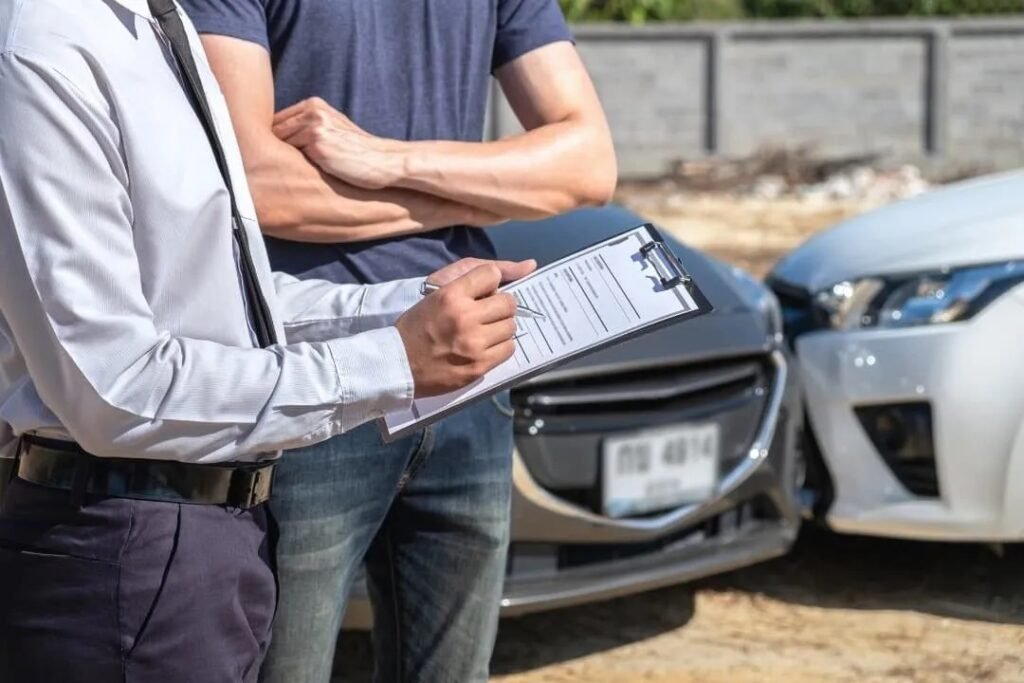A car accident can leave victims with injuries, expenses, and confusion about the road ahead. While some cases are resolved quickly through insurance settlements, others progress through the legal system, necessitating a lawsuit to secure fair compensation. This process can feel overwhelming to those unfamiliar with courts, timelines, and negotiations. Understanding the stages of a lawsuit can help victims prepare for what lies ahead, both emotionally and financially. Each step plays a vital role in shaping the outcome. Having a clear understanding of what to expect, individuals can approach a car accident lawsuit with greater confidence.
Initial Steps and Filing the Complaint
The first stage of a car accident lawsuit involves gathering the facts and filing the initial complaint. This legal document sets the tone for the entire case by outlining the injuries, damages, and the other party’s responsibility. Once filed, the defendant is formally notified, and the lawsuit is officially underway. This stage also involves ensuring that all necessary documentation is complete, including accident reports, medical records, photographs, and witness statements. These documents provide the foundation upon which arguments will be built. Filing is not just about paperwork—it is the step that initiates the legal journey, signaling seriousness and commitment to pursuing justice. It also establishes deadlines and obligations that both parties must follow as the process unfolds, creating the framework for the lawsuit to progress in an organized and enforceable manner.
The Discovery Phase and Exchange of Information
After filing, the discovery phase begins, where both sides exchange information and evidence relevant to the case. This is often the most detailed and time-consuming part of a car accident lawsuit, as it involves written questions, document requests, and sworn statements from witnesses and parties involved in the case. Discovery ensures that both sides have access to the same facts, preventing surprises later in the process. For victims, this phase can be daunting, as it may include depositions or answering challenging questions from the defense. However, it is also an opportunity to build a stronger case by highlighting evidence that supports claims for medical expenses, lost wages, and emotional suffering. Attorneys guide clients through these steps to reduce stress and ensure responses strengthen rather than weaken the case. For those looking to learn more about this law firm, discovery often reveals the value of experienced legal representation in managing the details and strategies that can significantly impact the outcome of a settlement or trial.
Pre-Trial Motions and Negotiations
Once discovery is underway or completed, pre-trial motions often follow. These motions can include requests to dismiss specific claims, limit the evidence, or resolve certain aspects of the case before trial. They play a significant role in shaping what will ultimately be presented in court. During this stage, negotiations between both parties frequently intensify, as attorneys assess the strength of their cases and the likelihood of success at trial. Settlement discussions may begin or gain momentum, with offers and counteroffers exchanged in an attempt to resolve the case without going to court. For accident victims, this stage can feel like a waiting game, but it is often a pivotal moment where the groundwork for resolution is laid. A well-prepared case at this point can encourage favorable settlements, while unresolved disputes move closer to trial. Either way, this phase is where strategy, patience, and evidence begin to converge in meaningful ways.
Mediation and Settlement Conferences
Many car accident lawsuits involve mediation or settlement conferences before proceeding to trial. Mediation involves a neutral third party who helps both sides find common ground and reach a mutually agreeable resolution. Settlement conferences, on the other hand, are often overseen by a judge and provide another opportunity to resolve disputes without the time and cost of a full trial. These proceedings encourage both sides to focus on practical solutions rather than prolonged arguments. For victims, mediation can feel less intimidating than court while still offering a chance to secure fair compensation. Even if mediation or settlement does not resolve the case entirely, it can clarify the key points of disagreement and streamline the issues to be decided at trial. This stage emphasizes the importance of resolution, highlighting that most lawsuits are designed not only to argue but also to encourage closure when both sides are willing to compromise.
Preparing for Trial and Presenting the Case
If a settlement cannot be reached, the lawsuit proceeds to trial. Trial preparation is a meticulous process, involving a careful review of evidence, witness testimony, and legal arguments. Attorneys work closely with clients to ensure they understand the process, anticipate questions, and present themselves confidently in court. The trial itself begins with jury selection, followed by opening statements, witness examinations, and closing arguments. Each side presents its evidence and challenges the opposing side’s version of events. For car accident victims, this experience can be stressful, but it also provides a chance to have their story heard fully. Trials carry uncertainty, as outcomes depend on the jury or judge, but they also represent an opportunity to achieve justice when negotiations fail to yield a satisfactory result. While lengthy and demanding, trial preparation ensures that every detail of the case is ready to be presented clearly and persuasively.
The Verdict and Post-Trial Considerations
Once the trial concludes, the jury or judge delivers a verdict, determining liability and awarding damages if applicable. This outcome represents the culmination of months or even years of preparation and argument. However, the process does not always end there. Either party may appeal the decision, challenging parts of the ruling or seeking adjustments to the damages awarded. Appeals can extend the process further, but they also provide an additional safeguard to ensure fairness and impartiality. For victims, post-trial considerations may also involve collecting compensation, which sometimes requires additional legal steps if the defendant or insurer resists payment. While a verdict brings a sense of closure, post-trial issues highlight that resolution is not always immediate. Understanding this stage helps victims remain realistic about the timeline and prepared for potential next steps even after the courtroom phase is complete.
Emotional and Practical Expectations
Beyond the technical steps, victims should also prepare for the emotional and practical realities of a car accident lawsuit. The process can be lengthy, often lasting months or years, depending on the complexity of the case. It requires patience, persistence, and the ability to manage stress while balancing recovery and daily responsibilities. Financial pressures, medical treatments, and the uncertainty of legal proceedings can take a toll. However, knowing what to expect provides reassurance and reduces anxiety. Support from family, friends, and legal representation helps ease the burden. While challenging, the process also offers a sense of empowerment, as victims take proactive steps toward accountability and compensation. Having realistic expectations and staying informed about each stage allows individuals to navigate the process with resilience, knowing that each step brings them closer to resolution.
A car accident lawsuit is a structured process designed to address disputes fairly, though it can feel overwhelming without preparation. From filing the complaint to navigating discovery, engaging in settlement talks, and possibly going to trial, each stage carries unique challenges and opportunities. Victims should expect periods of waiting, negotiation, and even emotional strain, but they should also recognize the value of persistence. Understanding the sequence of events reduces uncertainty and builds confidence, allowing victims to approach the lawsuit with clarity. Ultimately, while the journey is demanding, it offers a pathway toward accountability and compensation, ensuring that victims have their voices heard and their losses acknowledged in a meaningful way.



